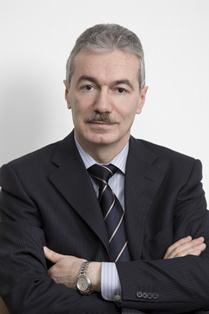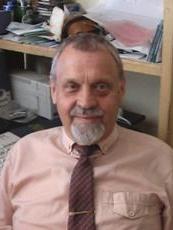Long been well known how to construct the interpolating polynomial f (x) in one variable of degree at most k-1 for arbitrary values of y1, y2, … , yk and arbitrary distinct values of x1, x2, … , xk , i.e. such a polynomial that f(xi)= yi for i = 1, ..., k (to use the Lagrange interpolation formula, or to solve a system of k linear equations with k unknowns - the coefficients of the polynomial). And what can be done if the values of yi in n points x1, x2, … , xn are known (where n> k), but some of these values yi (but not more than t) are wrong, while nothing is known about the errors, and, of course, it is unknown which values are wrong?
Then the natural goal is to construct "almost interpolation" of a polynomial f (x), i.e. such that f(xi)= yi for at least n-t points xi. If t< (n-k +1) / 2, then there exists only unique polynomial (as the difference between two solutions is at least n-2t roots, and its degree of no more than k-1). Find the corresponding polynomial was not so easy and efficient algorithms have been invented only in 60th years of last century: Trench for "conventional" fields like real or complex numbers, and Berlekamp - for finite fields. If the number t of errors exceeds the values of t (n-k +1) / 2, then, in general, one gets a list of polynomial solutions. Obviously, if t < n-k +1, then the number of the corresponding polynomials is finite and of course does not exceed C(n,k), as a polynomial of degree at most k-1 is uniquely determined by its values at any k points. However, all attempts to invent non-search algorithm for t > (n-k +1) / 2 more than thirty years have been unsuccessful.
The decision came from computer science. Madhu Sudan in 1997 proposed the following unexpected algorithm: to ``push’’ through n points (xi,yi) on a plane an algebraic curve P (x, y) of minimal "weighted" degree (weights of x and y are different in determining the "weighted" degree), and then all required polynomials f (x) are among the roots of P (x, y) considered as a polynomial in y with coefficients in the ring of polynomial in x. As often happens in mathematics, an essential component of the algorithm - the search for "roots", was already known, and finding of P (x, y) Sudan reduced to solving a system of linear equations. The lecture will explain the algorithm of Sudan and its improvements, and also we will discuss a generalization of this problem to the case of polynomials in several variables.


































